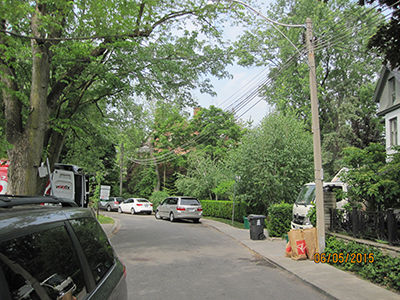
DPM Energy | Utility Engineering Consultants | Know. How.™
- About
- Utility Engineering Services
- Utility Projects
- Pan Am Games Athletes’ Village/Canary District Toronto
- The Bentway Park Revitalization
- Luminous Veil Illumination
- Riverside Bridge Illumination
- Metrolinx LRT Hydro Relocation Design
- Metrolinx LRT Feeder Station Substation Design
- HPS to LED Streetlight Conversion
- High-level Asset Management Scopes
- Queens Quay Reconstruction Toronto Waterfront Revitalization
- Waters Edge Promenade Waterfront Revitalization Toronto
- Central Waterfront Waterfront Utility Revitalization Toronto
- East Bayfront Waterfront Utility Revitalization Toronto
- John Street Corridor Utility and Lighting Improvements
- Baby Point Gates BIA Revitalization
- Park Lane Circle Electrical Distribution System Revitalization
- South Drive/Crescent Road Overhead Utility Rebuild
- Carscadden Drive Overhead Upgrade Construction Design
- Bloor Street Utility Rebuild/Feeder Upgrade
- Major Mackenzie Pole Line Relocations
- Heathwood Underground Hydro Cable Rebuild
- Spine Works – Development Area
- New Residential Subdivision Utility Design
- In The Spotlight
- Contact
- About
- Utility Engineering Services
- Utility Projects
- Pan Am Games Athletes’ Village/Canary District Toronto
- The Bentway Park Revitalization
- Luminous Veil Illumination
- Riverside Bridge Illumination
- Metrolinx LRT Hydro Relocation Design
- Metrolinx LRT Feeder Station Substation Design
- HPS to LED Streetlight Conversion
- High-level Asset Management Scopes
- Queens Quay Reconstruction Toronto Waterfront Revitalization
- Waters Edge Promenade Waterfront Revitalization Toronto
- Central Waterfront Waterfront Utility Revitalization Toronto
- East Bayfront Waterfront Utility Revitalization Toronto
- John Street Corridor Utility and Lighting Improvements
- Baby Point Gates BIA Revitalization
- Park Lane Circle Electrical Distribution System Revitalization
- South Drive/Crescent Road Overhead Utility Rebuild
- Carscadden Drive Overhead Upgrade Construction Design
- Bloor Street Utility Rebuild/Feeder Upgrade
- Major Mackenzie Pole Line Relocations
- Heathwood Underground Hydro Cable Rebuild
- Spine Works – Development Area
- New Residential Subdivision Utility Design
- In The Spotlight
- Contact


